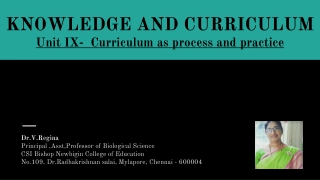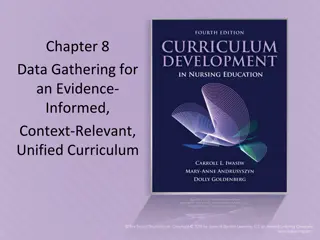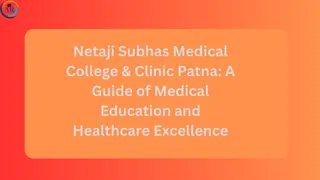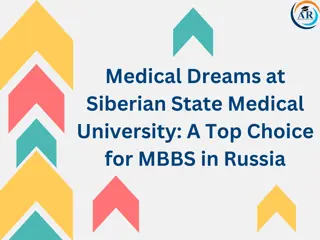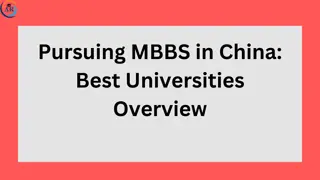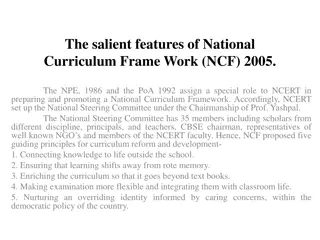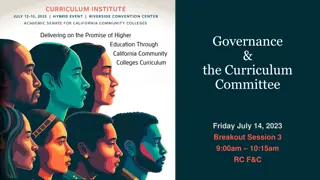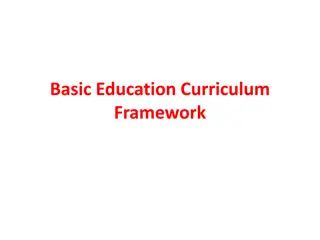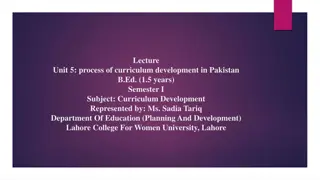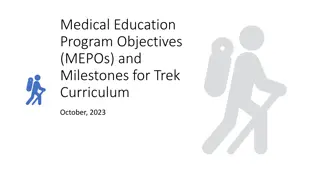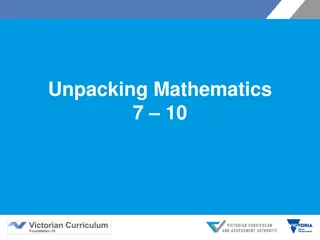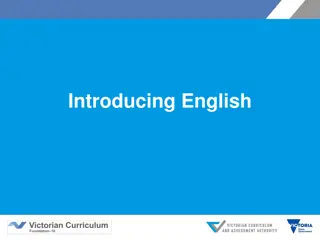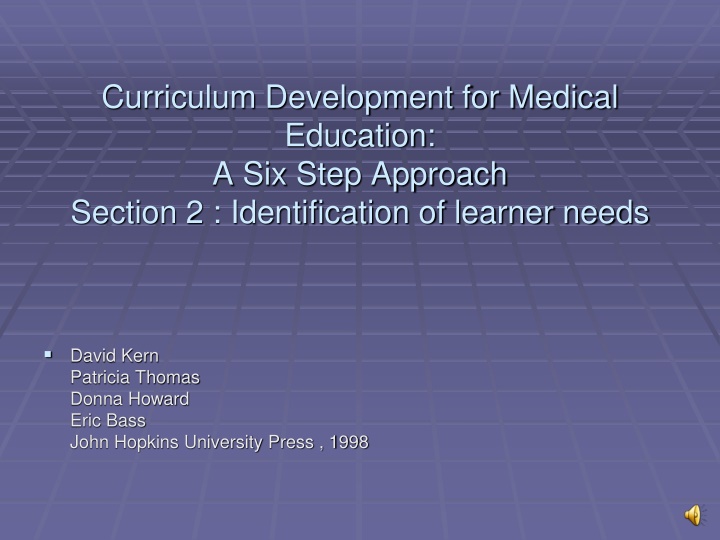
Six Step Approach to Medical Education Curriculum Development
Explore the six-step approach to curriculum development in medical education, focusing on the identification of learner needs, prioritizing content, and general considerations for needs assessments. Learn through examples and key observations the importance of setting goals and objectives based on learner needs assessments.
Download Presentation

Please find below an Image/Link to download the presentation.
The content on the website is provided AS IS for your information and personal use only. It may not be sold, licensed, or shared on other websites without obtaining consent from the author. If you encounter any issues during the download, it is possible that the publisher has removed the file from their server.
You are allowed to download the files provided on this website for personal or commercial use, subject to the condition that they are used lawfully. All files are the property of their respective owners.
The content on the website is provided AS IS for your information and personal use only. It may not be sold, licensed, or shared on other websites without obtaining consent from the author.
E N D
Presentation Transcript
Curriculum Development for Medical Education: A Six Step Approach Section 2 : Identification of learner needs David Kern Patricia Thomas Donna Howard Eric Bass John Hopkins University Press , 1998
Identification of the learner This is the specific group of learners who would best contribute to the solution Example: residents who will be rotating through the pain service this year
Prioritize the content and needs What content is most needed? What content is already attained by learners ? What resources are available for assisting in teaching ? What barriers could exist to teaching the content ?
General Considerations for Needs Assessments How much time can I spend identifying the needs of the learners ? Example : I could use pretests of knowledge, questionnaires, focus groups, individual interviews or extended observations (ranging for short time requirements to long)
Example Your resident can not perform a comprehensive neuropsychiatric evaluation of the new patient patient . The resident knows and performs an adequate medical history and PE We have 2 psychologists on staff , and there are available psychiatrists and neurologists at the medical center The residents do not think that neuropyshc exams are of great importance in her practice of pain medicine and should be left to other specialties as consults
Key Observation We still have not talked about Goals and Objectives. These come directly from the completed needs assessment .
Exercise 2 Identify 1 specific need of one specific group of learners in your practice What content is needed most? What content have they already attained ? What resources are available to me? What barriers might crop up ?

